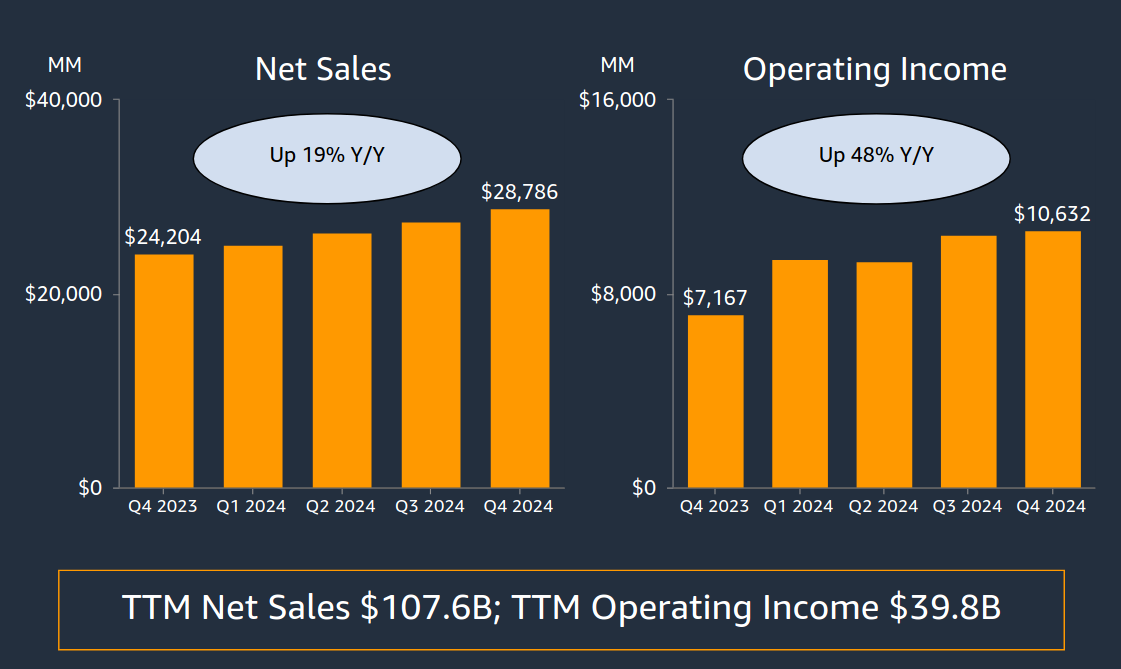
Amazon CEO Andy Jassy said AWS would be “growing faster” if it wasn’t facing constraints across third-party chips, motherboards and also energy.
Jassy was not alone among the cloud hyperscalers reflecting on these market dynamics this week, after Google Cloud also flagged constraints.
Somewhat cryptically Jassy also said that “chips from our third-party partners, come a little bit slower than before with a lot of midstream changes that take a little bit of time to get the hardware actually yielding the percentage [of] healthy and high-quality servers we expect…”
“We're still growing at a pretty reasonable clip… but I do think we could be growing faster if we were unconstrained,” he added on a Q4 call. AWS grew 19% year-on-year and its revenue run rate is now $115 billion.

CFO Brian Olsavsky said he expects 2025 CapEx to be similar to Q4’s $26.3 billion; i.e. $100 billion+ in 2025 (he did not spell out an annual figure.)
I think the world is still constrained on power from where I think we all believe we could serve customers if we were unconstrained. There are some components in the supply chain, like motherboards too, that are a little bit short in supply for various types of servers – Andy Jassy
Sign up for The Stack
Interviews, Insight, Intelligence for Digital Leaders
No spam. Unsubscribe anytime.
AWS took a nearly $1 billion hit in Q4 on “accelerated depreciation and related charges” after it retired early “a subset of our servers and network equipment and expects a further $600 million impact in 2025.
Jassy told analysts on Amazon’s Q4 earnings : “AWS is a reasonably large business by most standards, and though we expect growth will be lumpy over the next few years as enterprise adoption cycles, capacity considerations, and technology advancements impact timing, it's hard to overstate how optimistic we are about what lies ahead…”
DeepSeek’s impact on the AI market was welcomed, he said, adding that he saw a lot of continued “leapfrogging” by various models and suggesting that most enterprises would use a mix of models.
The ability to drive down cost will not slow adoption but increase it, he said, noting that “there aren't that many generative AI applications of large scale yet. And when you get there, as we have with apps like Alexa and Rufus [Amazon’s AI shopping assistant], cost can get steep quickly…”
